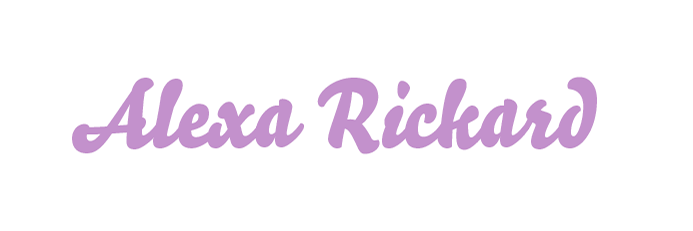– Stakeholder Communications
– Project Management
– Event Keynote Design
– Executive Presentations
– Animation & Design intern
– Event Coordinator/Keynote Producer
– Communications Manager(s)
– Production Vendor
Selection of the general Adobe For All lockup and the event specific "Adobe For All Week 2021" lockup.
– A short edit, ~10 seconds in length
– Showcase employee videos (shot & edited by my team)
– Maintain the Adobe and AFA brand
– Use text animations with copy that reflects the topics and purpose of the event
– Edit the visuals to the beat of the audio track
– End on the event call-to-action “Do One Thing Today”
Stinger video preceded by the holding screen and looping gradient background I produced
Powerpoint showing still frames of different animations that my intern & I created early in the process. Several of these made it into the final stinger, and some were used solo as transitions.
Our final storyboard for the Stinger video before compiling it in Premiere Pro.
View of the final stinger in the Premiere Pro timeline. I found the visual view of the audio layer very helpful to map to the beat & tempo.
– Include text and video elements from the stinger
– No transparency in the exports
– Audio was required, and visuals edited to the beat preferred
– Quantity of interstitials delivered was left up to me
The timing of animation:music was paramount to making these text based interstitials successful.
A few of the longer form interstitials we produced, which were commonly used at the end of topic segments, versus just in-between speakers.
The project panel in my After Effects file to create the animations for Adobe For All Week. Lots of source files, precomps to keep me organized, and final comps for export.
On the left: sample of one of the precomps that includes the text animations and keyframes.
On the right: sample of that same animation in the final comp that combines the text precomp, background precomp, and music.
– Use AFA colors and gradients
– Provide backgrounds that work with slides and picture-in-picture video, and just speaker video feeds
Video player design that I pitched to the team, with spots for slides/content and the speaker's video feed
My photoshop document showing a few of the layouts that I proposed.
The final backgrounds used in the live event (shown here) were simplified from my original proposals, but the gradient background has subtle motion where it changed colors over time.
– Build off of the corporate PPT structure
– Plug-and-play formatting, to keep it easy for the non-designer end user
– Follows Adobe For All brand guidelines
– Build from the AFA PPT template
– Update speaker’s original slides from bland to colorful & representative of the brand
– Track changes and own the master decks
The daily agenda slide layout was easily editable by changing the text to fit each day's content.
Samples of the title slide treatment for guest speakers and internal speakers. It was important to the stakeholders that the employee version had images of our employees.
Here is an example of how I received information and potential content for this event. I went through this PPT of detailed information to understand their goals, who's presenting when, illustrative concepts they want, etc, and build a simplified and designed deck with the relevant information.
A completed day deck looks like this: with production notes to help with running the show, and title and content slides that I designed to match the stylings and guidelines for the event.
– Make our executives look good
– Clearly communicate their content via text and visuals
– Share decks for review in a way that’s easy to track comments and changes
A redacted sampling of Gloria Chen's, Adobe CPO, slides for Adobe For All Week.
Slides for the recap of the show lead by Brian Miller, Adobe's Chief Diversity & Inclusion Officer.
